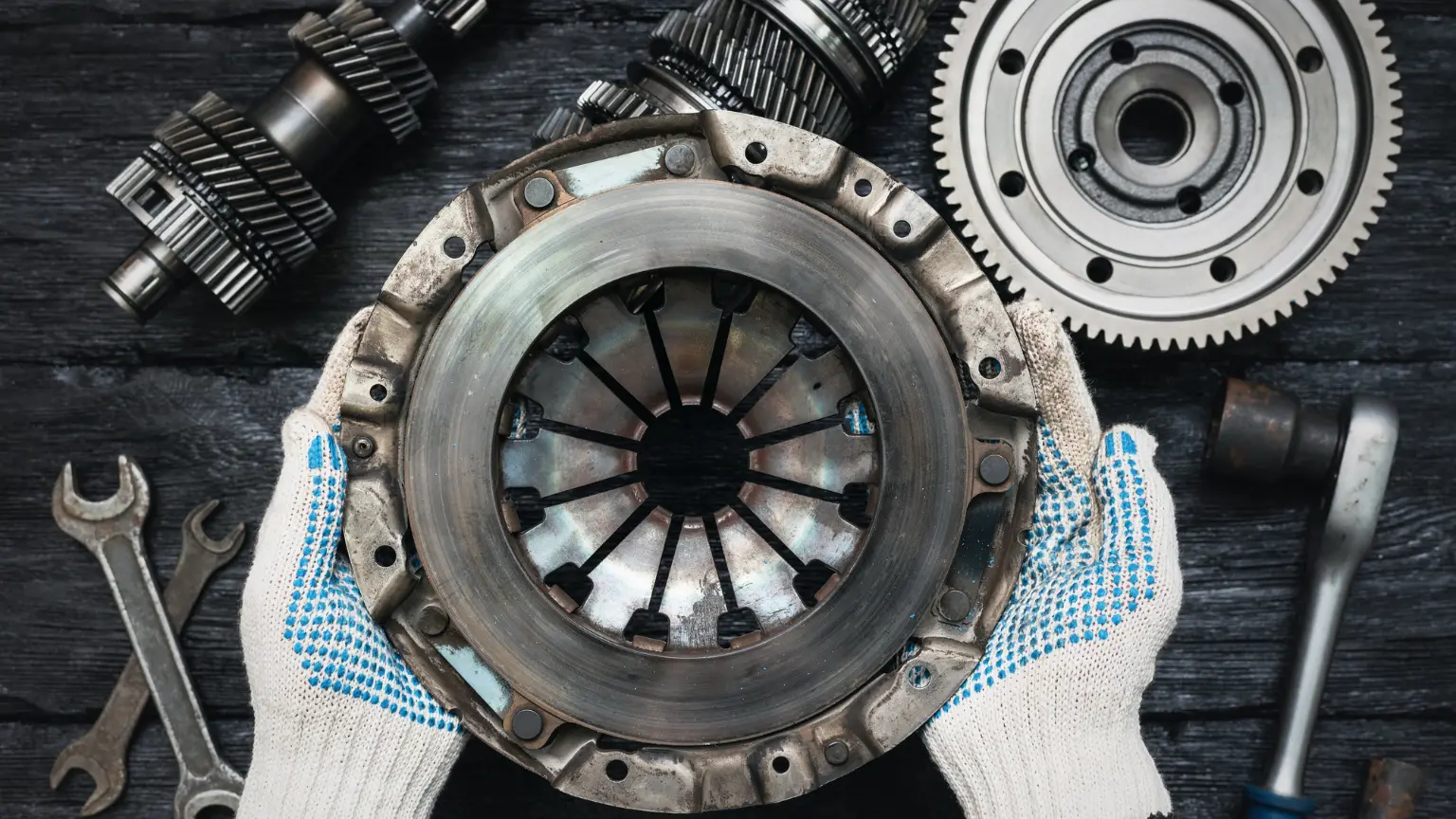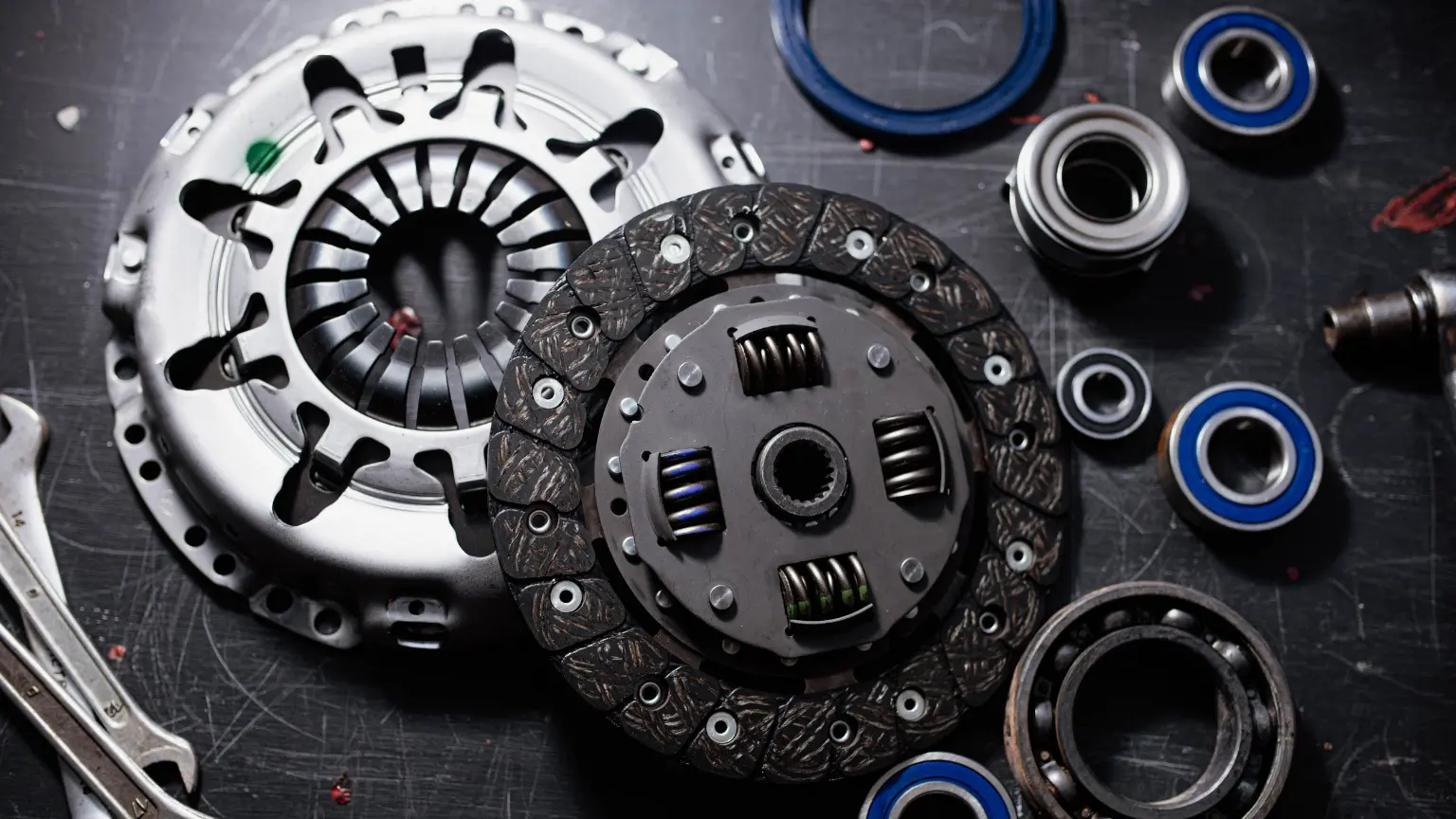Transmission Repair: Signs & Solutions
Ensure your transmission’s performance and longevity with early issue detection—odd noises, fluid leaks, or gear delays. Regular fluid checks and professional inspections prevent costly repairs.
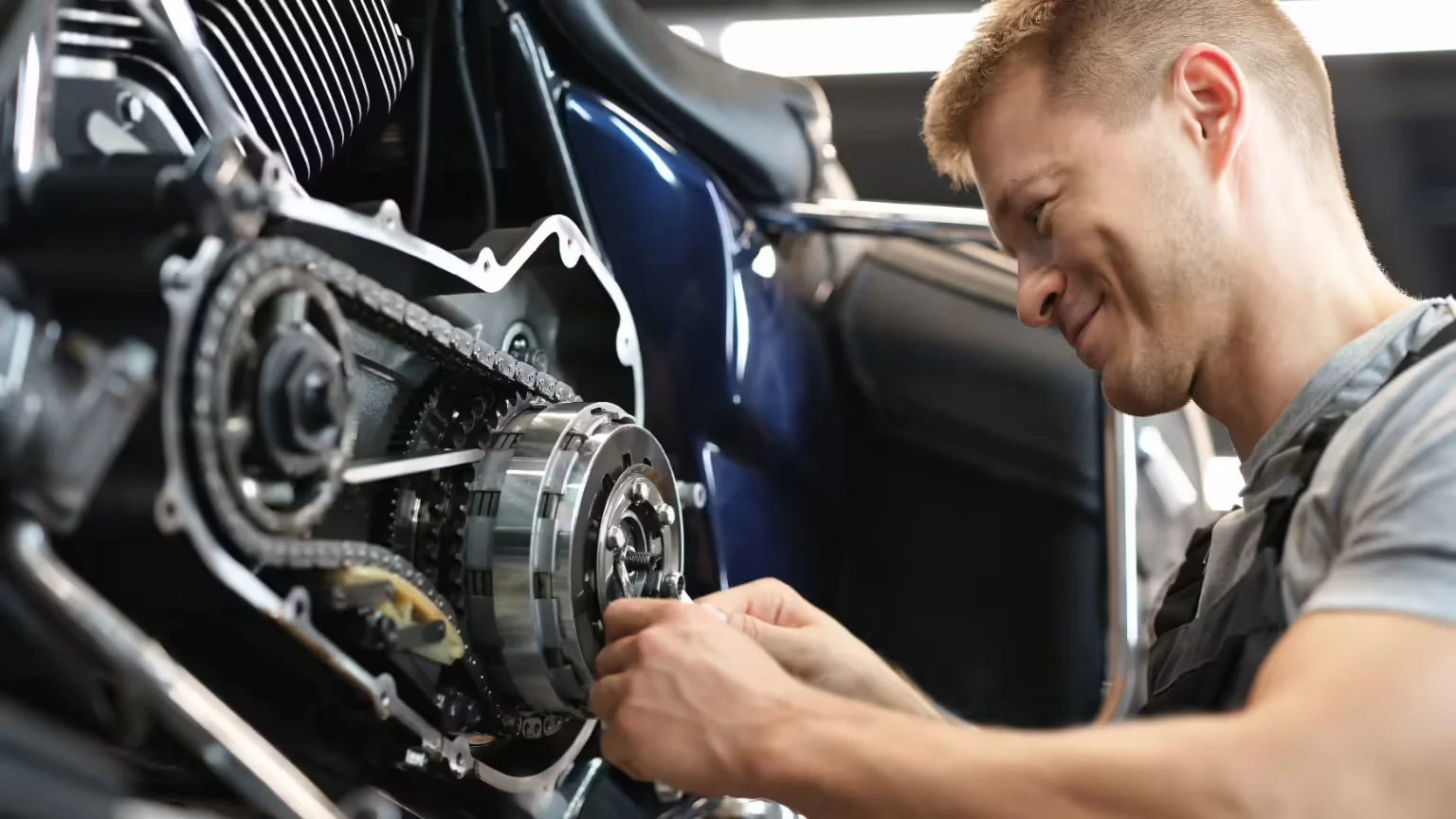
The transmission is a critical component of a vehicle's mechanical system, playing a pivotal role in the performance and operability of the car. It ensures that the engine operates efficiently while providing a smooth ride. A well-maintained transmission is outstanding for the longevity and reliability of your vehicle. However, like any mechanical system, it can face issues over time, and being vigilant about its maintenance can prevent costly repairs and extend your vehicle's lifespan. Early detection of transmission issues can save you from hefty repair bills and prolonged vehicle downtime. Recognizing the signs of transmission problems early on is crucial. Being attuned to early warning signs and seeking professional intervention can prevent minor issues from escalating into major repairs, ensuring that your vehicle remains reliable for the long haul.
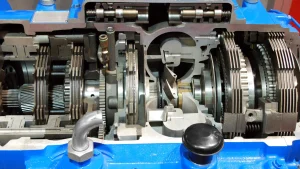
Decoding Signs of Transmission Problems
Unusual Noises
One of the tell-tale signs of a transmission issue is the presence of unusual noises. Your car might produce grinding, clunking, or whining sounds, which often indicate that there's something wrong with the transmission. These noises are typically a result of internal wear or damage, and they tend to get louder when you switch gears or accelerate.
Gear Shift Delays
Experiencing delays in gear shifting or unexpected surges can be alarming and usually signals a transmission problem. If there's a noticeable hesitation or a jolt when changing from park to drive or between other gears, it's likely an issue within the transmission that needs attention. Delayed shifting might also manifest as your vehicle taking more time than usual to move into the desired gear.
Leaking Transmission Fluid
A leaking transmission fluid is a red flag that should not be ignored. Transmission fluid plays a crucial role in ensuring smooth operation. If you notice red fluid under your vehicle, it's likely coming from the transmission and indicates a leak from one of the cooler lines, a gasket, or a seal. A leak can lead to other serious transmission problems if not addressed promptly 1.
Check Engine Light
The check engine light can act as a modern-day canary in the coal mine for your vehicle. Although it can light up various issues, one of the potential problems could be with your transmission. When this light comes on, it's wise to get your vehicle checked by a professional to diagnose the issue accurately.
The Implications of Ignoring Transmission Symptoms
Procrastinating on transmission repair can lead to escalated issues. A minor hiccup today could turn into a major repair tomorrow. For instance, a small leak in the transmission fluid line if ignored, could result in inadequate lubrication, leading to overheating and severe internal damage. The longer the delay in addressing these issues, the higher the risk of causing irreversible damage to the transmission and other associated components.Neglecting transmission symptoms can lead to an upward spiral of repair costs. A minor issue that could have been fixed with a simple fluid change or seal replacement could escalate into a situation requiring a complete transmission overhaul. The cost difference between early intervention and addressing a problem after escalation can be monumental. Hence, timely attention to symptoms of transmission issues is a financially prudent move.A failing transmission doesn't operate in isolation; its troubles can send shock waves through the entire vehicle system. It can affect the engine's performance, fuel efficiency, and even the safety of the vehicle. For instance, unpredictable gear shifts can lead to dangerous situations on the road. The domino effect of a neglected transmission problem can thus have far-reaching implications on the vehicle's performance and the safety of its occupants.
Transmission Fluid: The Lifeblood of Your Transmission
Regular monitoring of the transmission fluid is an indispensable part of transmission maintenance. It's advisable to check the fluid levels and its condition at least once a month. Checking transmission fluid regularly involves parking your vehicle on a level surface, engaging the parking brake, and then removing the transmission fluid dipstick. Wipe it clean, re-insert it, and then pull it out again to check the level and color of the fluid. The fluid should be at the appropriate level and have a reddish color. If it's brown or has a burnt smell, it's time for a change.Transmission fluid doesn't last forever; over time, it breaks down and can become contaminated. Therefore, replacing transmission fluid properly is crucial. Typically, transmission fluid should be replaced every 30,000 to 60,000 miles, but it's wise to consult your vehicle's manual for the recommended interval. The process involves draining the old fluid, removing the old filter replacing it with a new one, and then refilling the transmission with the correct type of fluid to the specified level.The type of transmission fluid used can significantly impact the performance and longevity of your transmission. It's crucial to use the correct transmission fluid types as specified in your vehicle's manual. There are various types of transmission fluids available:
- Synthetic Fluids: Synthetic transmission fluids are specifically engineered to provide high performance and enhanced durability under extreme conditions. They are formulated to resist the breakdown at higher temperatures and provide better viscosity stability. These fluids are ideal for vehicles subjected to heavy-duty use, frequent towing, or in environments with extreme temperature fluctuations. Their advanced chemical properties help in reducing wear and tear, ensuring a longer lifespan for the transmission.
- Multi-purpose Fluids: These fluids are designed to be versatile, and suitable for use in a range of vehicle types and transmission systems. Whether for automatic or manual transmissions, these fluids are made to meet the requirements of several manufacturers and models with a single formulation. This versatility makes them a practical choice for vehicle service centers and owners with multiple vehicles, simplifying maintenance without compromising the quality of performance or protection.
- Brand-specific Fluids: Brand-specific transmission fluids are formulated to meet the unique specifications of particular vehicle makes and models. Manufacturers develop these fluids to optimize the performance and efficiency of their vehicles’ transmission systems, ensuring that all components function seamlessly together. Using these fluids can be crucial for maintaining the warranty of newer vehicles, as they are often specifically required in the maintenance guidelines provided by the car manufacturers.
Choosing the appropriate transmission fluid is not merely a matter of convenience but a critical decision that affects the performance, efficiency, and lifespan of a vehicle’s transmission system. Vehicle owners need to understand these distinctions to make informed maintenance decisions.Maintaining the right level and quality of transmission fluid is a key aspect of preventing transmission overheating. Overheating is a common cause of transmission failure, and ensuring your transmission has sufficient, clean fluid can significantly reduce the risk of overheating. Additionally, regular fluid changes can help keep the transmission cool and operating efficiently, thus prolonging its lifespan.
Advanced Solutions for Transmission Issues
For vehicles that are frequently subjected to heavy-duty use, such as towing or carrying heavy loads, the transmission tends to heat more than usual. Using auxiliary coolers for transmissions can be a wise choice in such situations. These coolers are designed to help dissipate the excess heat generated under tough driving conditions. By maintaining a more moderate temperature, the transmission fluid retains its lubricating properties and effectiveness, preventing the high heat from degrading the fluid's quality too quickly. Typically, these coolers are mounted in front of the radiator or air conditioning condenser. This placement ensures that the cooler benefits from the maximum amount of airflow when the vehicle is in motion, enhancing the cooling effect on the transmission fluid as it circulates through the system. The use of such coolers is particularly beneficial in models that may not have been originally equipped with adequate cooling systems to handle added strain. For those operating in hot climates or engaging in regular towing and hauling, upgrading to a higher capacity or more efficiently designed cooler can provide additional benefits

Modern transmissions are equipped with various sensors that help in optimizing performance by adjusting the shifting timing, among other things. However, faulty sensors can lead to incorrect readings and poor transmission performance. Replacing these sensors can restore the optimum operation of the transmission. Post-sensor replacement, you can expect smoother gear shifts and improved fuel efficiency, rendering a better driving experience.When faced with persistent or severe transmission issues, overhauling the transmission might be the most viable solution. This process involves disassembling the transmission, replacing worn or damaged parts, and then reassembling it. It's a complex task that requires a thorough understanding of transmission mechanics and should be performed by professionals. An overhaul can restore your transmission repair service to near-original performance levels, providing a longer-lasting solution compared to minor repairs.Transmission repairs can range from simple fluid changes to complex overhauls. Understanding the scope of required repairs is essential for making informed decisions. Minor issues like fluid leaks or sensor replacements are generally less time-consuming and less expensive compared to major repairs like overhauls or replacing the entire transmission. Moreover, understanding the extent of repairs needed helps in setting realistic expectations regarding the cost and time required to get your vehicle back on the road.
The Necessity of Professional Transmission Inspections
When dealing with transmission problems, having a professional take a look can be invaluable. They possess the expertise and tools necessary to accurately diagnose and fix transmission issues. Professional inspections can uncover underlying problems and provide actionable solutions to prevent further damage.Transmission issues can sometimes be complex and might not always manifest through obvious symptoms. Professional transmission inspections can delve deeper to identify underlying issues that might not be apparent to the untrained eye. A seasoned mechanic can detect early signs of wear and tear, and provide preventative measures to avert major repairs down the line.A transmission check-up typically includes a thorough examination of the transmission system, checking the fluid level and quality, inspecting the pan, and scanning for any trouble codes in the vehicle’s computer system. Professionals also conduct a road test to observe the transmission’s behavior under different driving conditions. They will then provide a detailed report of their findings along with recommended actions to rectify any identified issues.Technicians employ a systematic approach to transmission diagnostics. They use specialized tools and equipment to meticulously assess the health of a vehicle's transmission, ensuring accurate diagnostics and effective repairs. This targeted approach helps in pinpointing specific problems, allowing for timely and precise interventions.:
- Diagnostic Scanners: These scanners retrieve trouble codes that indicate malfunctions within the transmission. Each code corresponds to a specific issue, ranging from sensor failures to miscommunications within the system. By interpreting these codes, technicians can quickly identify the root causes of transmission problems without invasive probing, making the diagnostic process both efficient and non-disruptive.
- Hydraulic Pressure Testers: Hydraulic pressure testers are indispensable for evaluating the performance of a transmission's hydraulic system, which relies on fluid pressure to control gear shifts. These testers measure the pressure of the transmission fluid at various points within the system, ensuring that it is within the manufacturer's specified range. If the pressure is too low or too high, it can lead to improper shifting, slipping, or even complete transmission failure.
- Specialized Mechanical Tools: A variety of specialized mechanical tools are utilized to inspect and maintain the physical components of the transmission. These tools may include torque wrenches for precise bolt tightening, gear pullers for removing gears without damage, and specialized alignment tools to ensure that components are positioned correctly. Such tools are essential for disassembling, inspecting, and reassembling transmission components with high accuracy, thereby avoiding any unnecessary damage to delicate parts during maintenance or repair.
Through the use of these sophisticated tools, technicians can provide a comprehensive evaluation of a transmission's condition, leading to more accurate diagnostics and efficient repairs. This methodical approach not only extends the life of the transmission but also ensures optimal performance and reliability of the vehicle.When it comes to transmission repairs, selecting a reputable transmission repair shop is crucial. Look for shops that have certified technicians, positive reviews, and a solid warranty on their work. A reputable shop will provide transparent pricing, and a detailed explanation of the required repairs, and will be willing to answer any questions you may have. Their expertise can provide peace of mind knowing that your vehicle is in capable hands.
Extending the Life of Your Transmission
Adhering to regular maintenance of the transmission system schedule is paramount for its longevity. Establishing and following a maintenance schedule as per your vehicle's manual or a trusted mechanic's advice can lead to long-term benefits, keeping your transmission functioning optimally for years to come.Addressing repairs promptly is a key strategy in maintaining a healthy transmission. At the first sign of transmission problems, whether it's unusual noises, delays in gear shifting, or a warning light on your dashboard, it's essential to seek professional assessment. Prompt attention to issues can prevent them from evolving into more severe, and consequently more expensive, problems.Technological advancements have introduced new methods and tools for transmission maintenance. Modern diagnostics tools can detect issues early, and newer transmission designs may require less frequent maintenance. Familiarizing yourself with the latest technological advances in transmission care and leveraging them can help in maintaining your transmission and ensuring its reliable performance over time.
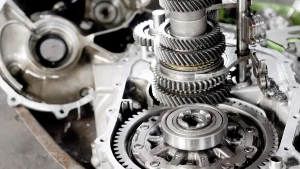
The journey to a well-maintained transmission begins with recognizing the signs of transmission problems early. Regular maintenance, including checking transmission fluid regularly, and adopting reliable transmission maintenance practices, are fundamental steps towards prolonging the life of your transmission. When faced with more complex issues, seeking professional transmission inspections and repairs is a prudent choice.Timely maintenance and repairs are not just about fixing issues as they arise, but preventing potential problems and ensuring the smooth operation of your transmission over time. The importance of transmission check-ups cannot be overstated as they directly impact the longevity and performance of your transmission, and by extension, your vehicle. Whether you choose to tackle some maintenance tasks yourself or opt for professional services, staying ahead of transmission issues is crucial for enjoying a reliable and smooth-driving vehicle.
Follow a maintenance program
Ante gravida id aenean quis egestas risus nam amet nullam leo diam diam aliquam eu eu malesuada arcu rhoncus suspendisse nulla mattis ut amet sagittis in justo egestas.

search for a trusted mechanic
Lorem ipsum dolor sit amet, consectetur adipiscing elit lobortis arcu enim urna adipiscing praesent velit viverra sit semper lorem eu cursus vel hendrerit elementum morbi curabitur etiam nibh justo, lorem aliquet donec sed sit mi dignissim at ante massa mattis.
- Neque sodales ut etiam sit amet nisl purus non tellus orci ac auctor
- Adipiscing elit ut aliquam purus sit amet viverra suspendisse potent
- Mauris commodo quis imperdiet massa tincidunt nunc pulvinar
- Excepteur sint occaecat cupidatat non proident sunt in culpa qui officia
Check the air pressure in your tires
Vitae congue eu consequat ac felis placerat vestibulum lectus mauris ultrices cursus sit amet dictum sit amet justo donec enim diam porttitor lacus luctus accumsan tortor posuere praesent tristique magna sit amet purus gravida quis blandit turpis.
Review your suspension frequently
At risus viverra adipiscing at in tellus integer feugiat nisl pretium fusce id velit ut tortor sagittis orci a scelerisque purus semper eget at lectus urna duis convallis. porta nibh venenatis cras sed felis eget neque laoreet suspendisse interdum consectetur libero id faucibus nisl donec pretium vulputate sapien nec sagittis aliquam nunc lobortis mattis aliquam faucibus purus in.
- Neque sodales ut etiam sit amet nisl purus non tellus orci ac auctor
- Adipiscing elit ut aliquam purus sit amet viverra suspendisse potent
- Mauris commodo quis imperdiet massa tincidunt nunc pulvinar
- Excepteur sint occaecat cupidatat non proident sunt in culpa qui officia
Service your vehicle as regularly as posible
At risus viverra adipiscing at in tellus integer feugiat nisl pretium fusce id velit ut tortor sagittis orci a scelerisque purus semper eget at lectus urna duis convallis. porta nibh venenatis cras sed felis eget neque laoreet suspendisse interdum consectetur libero id faucibus nisl donec pretium vulputate sapien nec sagittis aliquam nunc lobortis mattis aliquam faucibus purus in.
“Nisi quis eleifend quam adipiscing vitae aliquet bibendum enim facilisis gravida neque velit euismod in pellentesque”
Conclusion
Eget lorem dolor sed viverra ipsum nunc aliquet bibendum felis donec et odio pellentesque diam volutpat commodo sed egestas aliquam sem fringilla ut morbi tincidunt augue interdum velit euismod eu tincidunt tortor aliquam nulla facilisi aenean sed adipiscing diam donec adipiscing ut lectus arcu bibendum at varius vel pharetra nibh venenatis cras sed felis eget.

